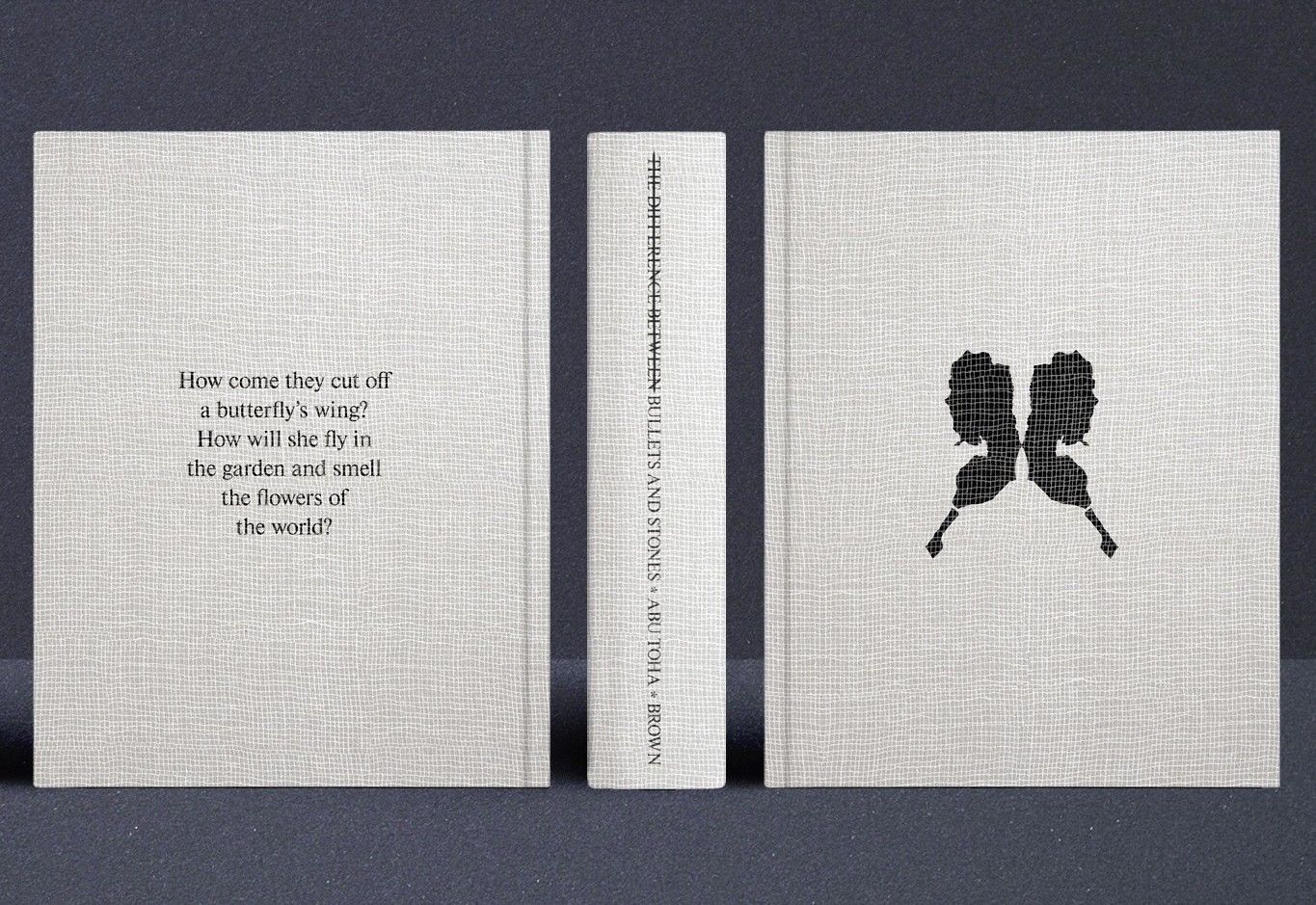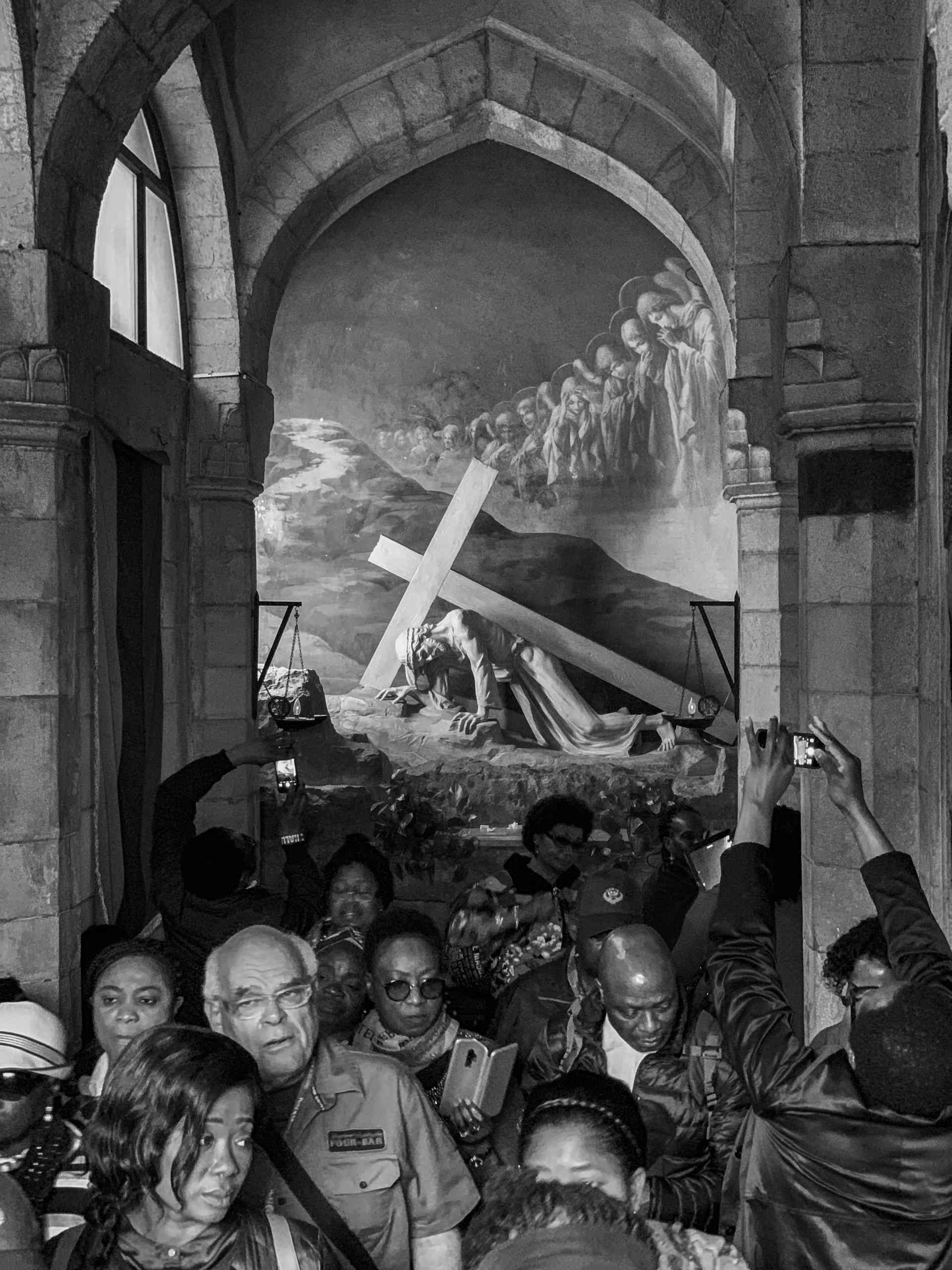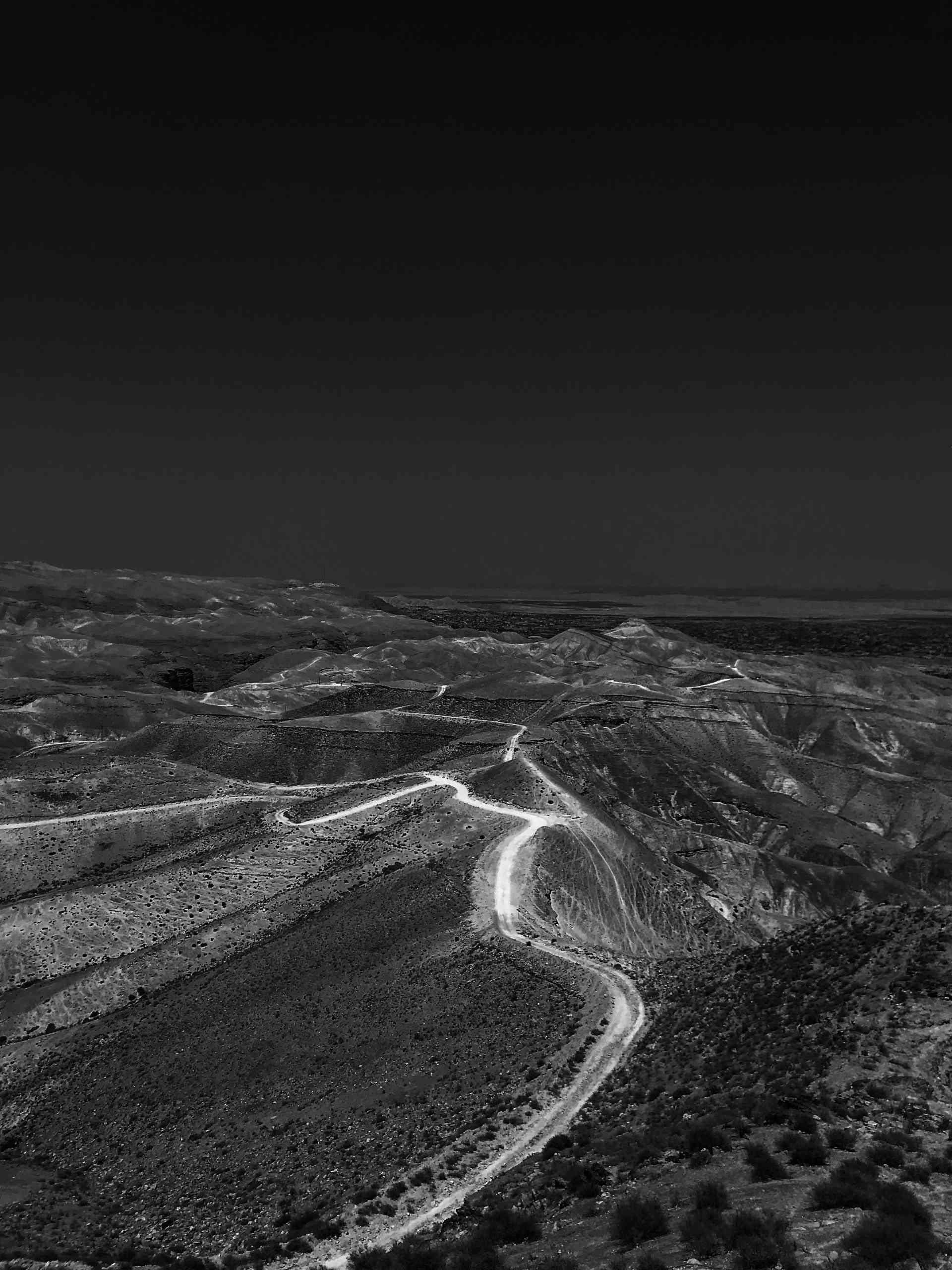Beyond breaking news

The Difference Between Bullets and Stones by Mosab Abu Toha and Michael Cristopher Brown.
As our information ecosystem continues to experience an overflow of breaking news, more and more people are avoiding the news altogether. In this context, can we reimagine the way we use words and pictures to reinvigorate conversations about events that matter?
In a recent event held in partnership with the Maison Française d'Oxford, National Geographic photographer Michael Christopher Brown discussed his collaboration with Palestinian poet Mosab Abu Toha, The Difference Between Bullets and Stones. The book unites Abu Toha’s poems from Gaza with Brown’s photographs from the West Bank and Jerusalem.
The resulting work illustrates the grief, resilience, and vitality of Palestinian life in black-and-white images paired with Abu Toha’s words.
The proceeds from the book will fund efforts for aid organisations operating in Gaza, including Doctors Without Borders and the Middle East Children's Alliance.
Watch the event
Four takeaways from the discussion
1. A different way of recording reality. While Brown doesn’t generally consider himself a journalist, his approach centres around capturing reality and humanising his subjects, mirroring the work of some reporters. The poetry shows a different side to this, Brown added: “In the words of Mosab, the book humanises lives that are very often reduced in the headlines, illuminating the deeper, emotional and spiritual story of a people who continue to survive, create and dream of freedom.”
“In some ways, my view coming in is like a 40,000-foot view, but in other ways, the conflict is something that I've followed for many years. For Mosab, of course, his words and his poems are his life…[the book] is meant to give an understanding of what it feels like being a Gazan, a Palestinian, and then trying to show with imagery what it looks like,” Brown explained.

2. The evolving role of technology. All the photographs in the book were taken by Brown on his iPhone. The smartphone, which he began using as soon as it came out, was a key tool in his coverage of the Libyan revolution, the subject of his first book.
“The phone was really the device of the Arab Spring uprisings, social media, and the phone really began and sustained further revolutions. So part of my interest in using a phone for covering the Libyan revolution was that I was using the same tool that was used to organise people, and spread information,” he said.
More recently, Brown has experimented with generative AI to tell the story of migration from Cuba through his project ‘90 Miles’. He says it would have been too risky for the subjects had he used photography. “Artificial intelligence is not photography; it is not photojournalism. It is its own medium,” he said, likening the process he underwent to produce the images to history paintings. “A history painter will research information about a scene or historical event and then make a painting,” Brown explained.
3. The complicated relationship between social media and trust. Brown said that, despite the accessibility of information on social media, he often feels he can’t truly know what’s going on in a place unless he sees it with his own eyes, especially if it’s a conflict: “You have information wars happening on both sides all the time.”
However, in Gaza, despite Israel’s refusal to allow international journalists access, Brown sees a new phenomenon of ‘collective witness’: “When a hospital comes down, if it's one videographer who sees it and makes a video of the explosion, that's one thing, but if it's 100 people, then, we can't say that, that it was not happening.”

4. The power of seeing people as fellow humans. Brown’s focus on humanising people and representing their reality as he saw it led to him including pictures of Jewish Israelis in the book, as well as Palestinians, showing the complexities of their communities, such as the Orthodox protests against military conscription and the counter-protests by other Israelis.
“The kernel that I kept coming back to is: how can I show this place, these people and their everyday life and what this place looks like in the purest way. How can I capture their humanity and who they are?” he explained.
He was particularly worried about the polarisation of the current conflict, and the way in which even some of his friends seemed to struggle to identify with some of the people suffering.
“One of the great powers of photography is that you can create imagery that has emotional value, and can create empathy, understanding and maybe a real connection. And so you can identify with someone completely different from yourself,” he said.
This is also one of the reasons he photographs in black and white: “The world is not in black and white, but black and white can make things easier to understand and identify with and feel.”
All pictures courtesy of Michael Cristopher Brown.

